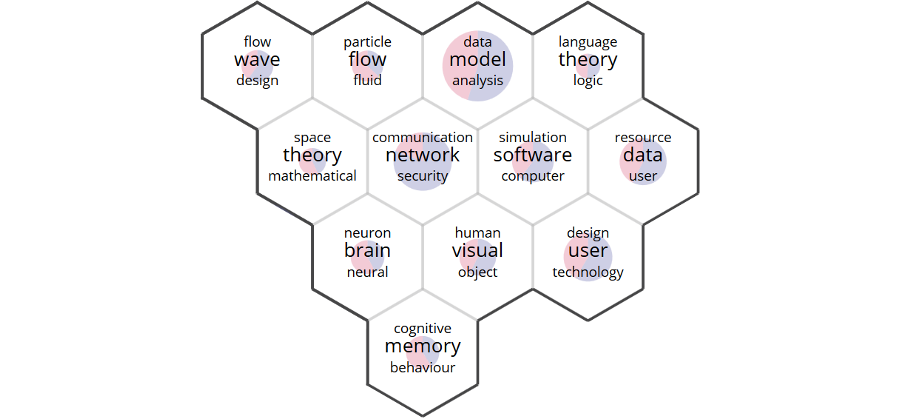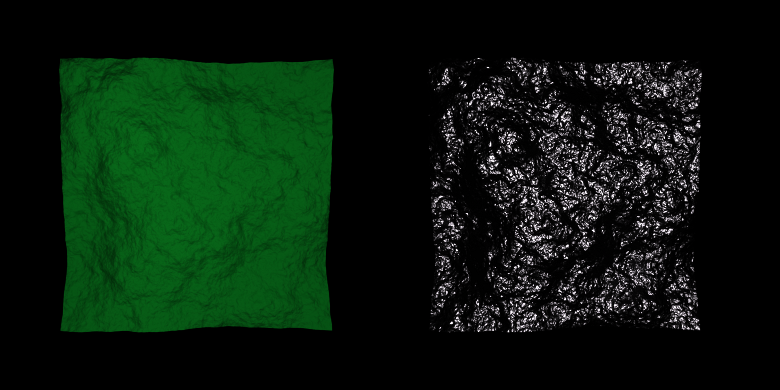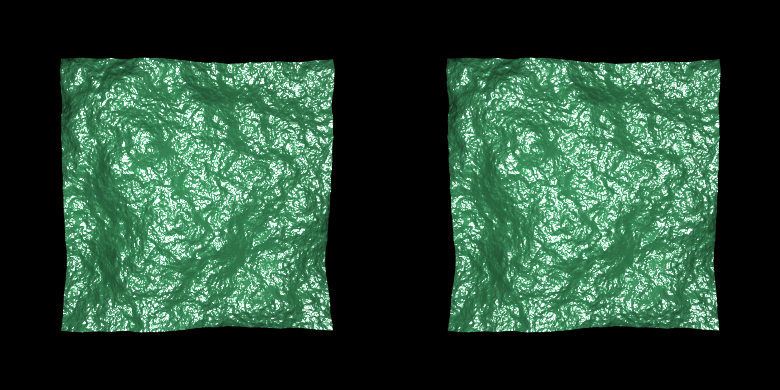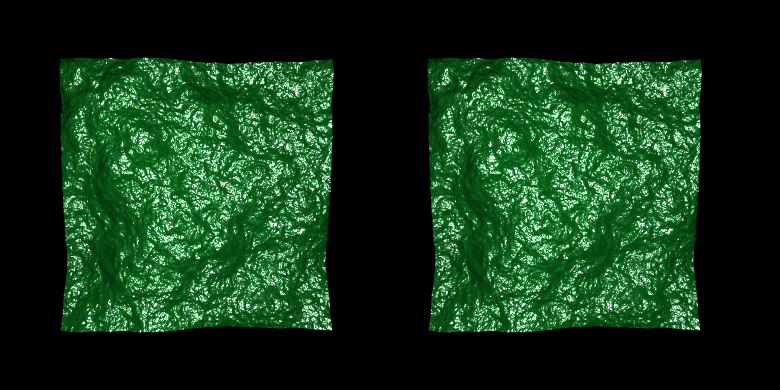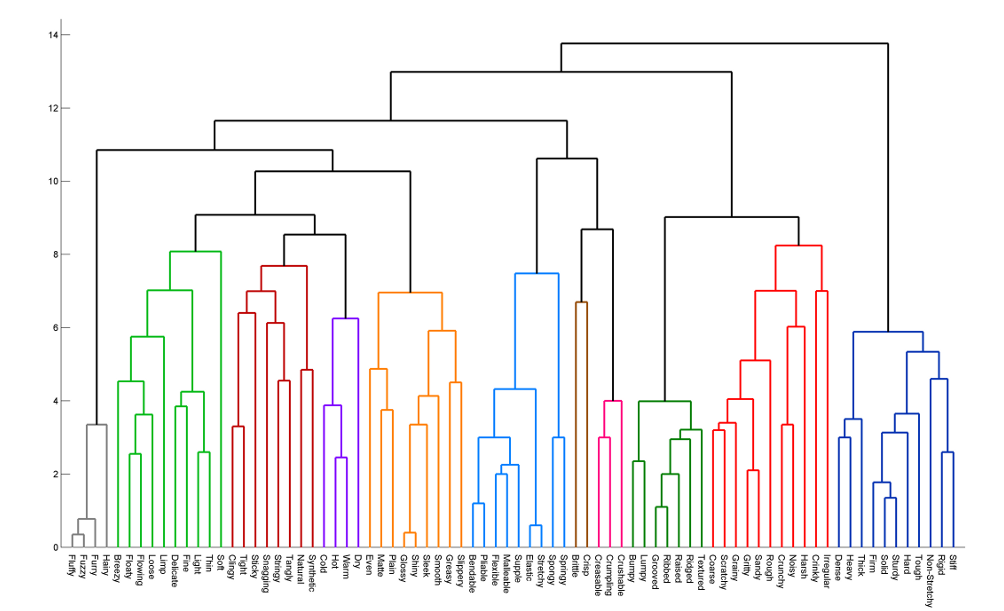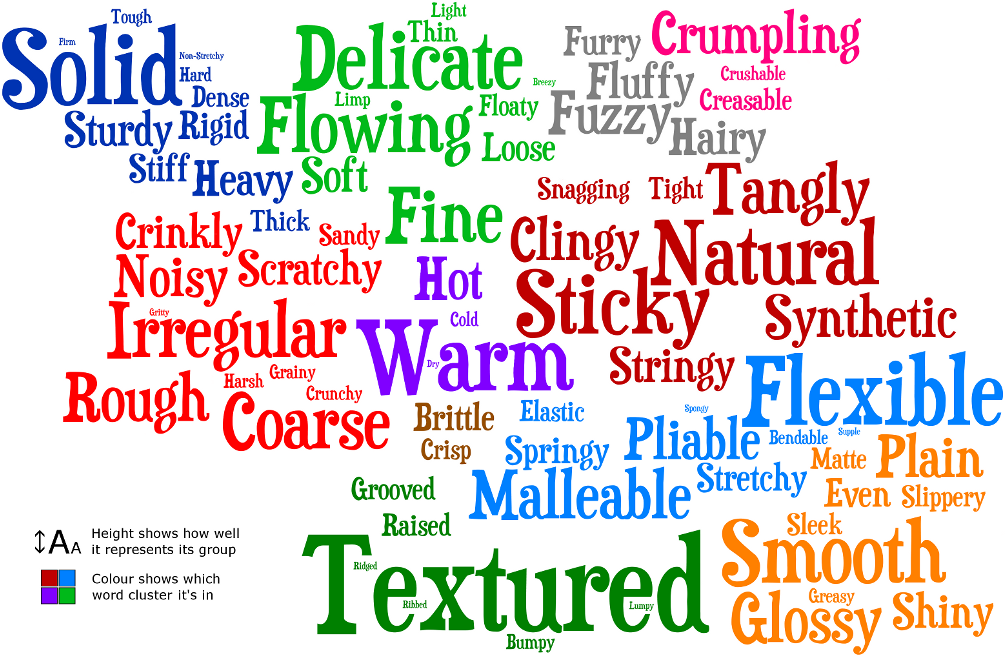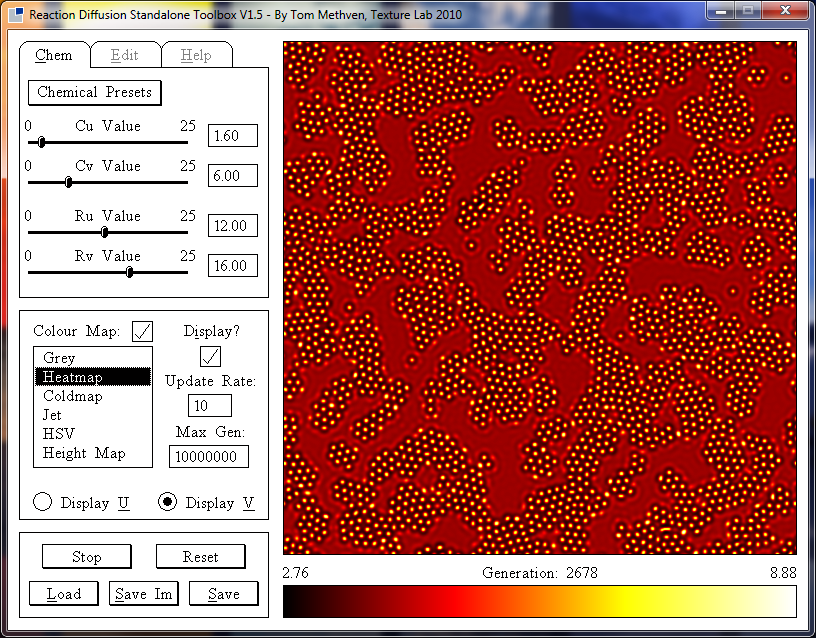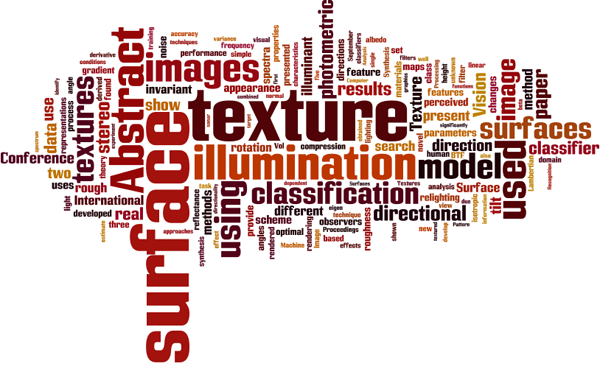Thomas S Methven
PhD, MEng (with Distinction), BSc
Texture Lab,
School of Mathematical and Computer Science,
Heriot-Watt University, Edinburgh, EH14 4AS
t dot methven at hw dot ac dot uk
+44 (0)131 451 4166
Selected Conferences and Publications
- Improving User Confidence in Concept Maps: Exploring Data Driven Explanations
- Proceedings of the 2018 CHI Conference on Human Factors in Computing Systems, Paper No. 404
- Image-based Emotion Feedback: How Does the Crowd Feel? And Why?
- Proceedings of the 2017 Conference on Designing Interactive Systems, Pages 451-463
- Paper Awarded an Honourable Mention
- Understanding Concept Maps: A Closer Look at How People Organise Ideas
- Proceedings of the SIGCHI Conference on Human Factors in Computing Systems 2017, Pages 815-827
- Paper Awarded an Honourable Mention
- Well-Connected: Promoting Collaboration by Effective Networking
- Proceedings of the 19th ACM Conference Companion on Computer Supported Cooperative Work and Social Computing, Pages 90-93
- I don’t think we’ve met: Encouraging collaboration via topic-based search
- 18th ACM Conference Companion on Computer Supported Cooperative Work and Social Computing, Pages 29-32
- Is British HCI Important? A topic-based comparison with CHI.
- 28th International BCS Human Computer Interaction Conference, Pages 365-370
- Hot topics in CHI: trend maps for visualising research
- CHI ’14 Extended Abstracts on Human Factors in Computing Systems, Pages 815-824
- Research Strategy Generation: Avoiding Academic ‘Animal Farm’
- CSCW Companion ’14 Proceedings of the companion publication of the 17th ACM conference on Computer supported cooperative work & social computing, Pages 25-28
- Stereoscopic Viewing, Roughness and Gloss Perception
- PhD Thesis for Heriot-Watt University, awarded November 14th 2013
- Problems of Perceiving Gloss on Complex Surfaces
- Predicting Perceptions: The 3rd International Conference on Appearance, 17-19 April, 2012, Edinburgh, UK. Conference Proceedings Publication ISBN: 978-1-4716-6869-2, Pages: 43-47
- Paper in print. Conference Proceedings available from Amazon:
Research Interests
Visualisation and Data Science
My passion is to use interactive visualisations to explain the powerful, yet sometimes complex and challenging, techniques found within machine learning to non-expert users, so they can better understand their own data. Techniques like topic modelling, unsupervised clustering, and recurrent neural networks have the power to offer new and interesting insights into large data sets, but they are often difficult for non-expert users to understand.
I believe the best way to combat this is to create powerful, but easy-to-use visualisations which are designed around the needs of users. My recent research has therefore focussed on designing these visualisations, working with users such as members of RCUK or university staff to create bespoke solutions, and producing tools to make it easier to create these interactive visualisations.
For an example visualisation I worked on, please see the 9 Years of UK and EU Research visualisation on our new Strategic Futures Laboratory website.
Well Sorted
In his famous novel, Animal Farm, Orwell coined the phrase ‘All animals are equal, but some animals are more equal than others’. This satirical observation aptly describes the most common problem which emerges in the group dynamics present in academic community and funding meetings.
To help address this problem, I am currently working to develop Well Sorted, a democratic, online card sorting tool designed to allow meeting participants to remotely collaborate before attending a group meeting. This is being designed to avoid the Animal Farm problem which leads many attendees to become disengaged during meetings.
Well Sorted allows you to create studies, manage participants, and view results all in your web browser, making it easy to run a card sorting study. Additionally, it supports every stage of the meeting process by allowing participants to submit items into the study through a custom web form, providing an integrated Adobe Flash sorting interface for participants to use, and automatically creating grouping visualisations to explore the results.
Binocular Vision and Gloss
The focus of my PhD research wason binocular perception of gloss with rough surfaces. I worked on created realistic, accurately lit, binocular image pairs which will allow me to examine the interplay of Lambertian reflectance and specular highlights on surface shape, depth and realism perception.
For example, the image below is a correct stereo pair (i.e. all the disparity information is correct):
The image below, however, is incorrect. While the gloss has correct disparity, the surfaces itself appears flat:
Wiimote Tracking
Before joining the Texture Lab, I completed an award-winning MEng Project using the Wiimote to track a user’s fingers.
How Finger-Tracking Works
This project involved created several different prototype applications and testing them with school children to see whether finger tracking might be a popular new input method. During this project, two new programs were created, one which allowed for users to finger paint on the screen and the other which allowed them to play a virtual piano (as well as a couple of piano-based games). The piano application was developed further and proved very popular when tested again, especially when used in pairs.
From this, I gained a in-depth knowledge of how the Wiimote worked and possibly avenues of future work.
Surface/Fabric Properties
In association with my colleague, Pawel Orzechowski and the EPSRC funded Digital Sensoria project, I helped create and compile a taxonomy of descriptive words for fabrics which was drawn from non-experts. Participants performed a free grouping experiment with 78 fabric words to create a taxonomy we could use to test property transmission. 11 groups were found by ‘cutting’ the dendrogram created from the similarity results. In addition, participants identified which word from each group best represented that group.
Results from these experiments are shown below.
Reaction-Diffusion Patterns
To investigate the possibility of using Reaction-Diffusion Patterns as a way of generating naturalistic surfaces for my research, I created a simple application which would allow me to create them. This application lets users watch as the patterns grow and alter the input values, as well as providing a couple of interesting pre-set values.
Extras
3D version of a word cloud where the height value is calculated by the luminance per pixel. Interactive version via shoogleit.com: 3D Word Cloud

